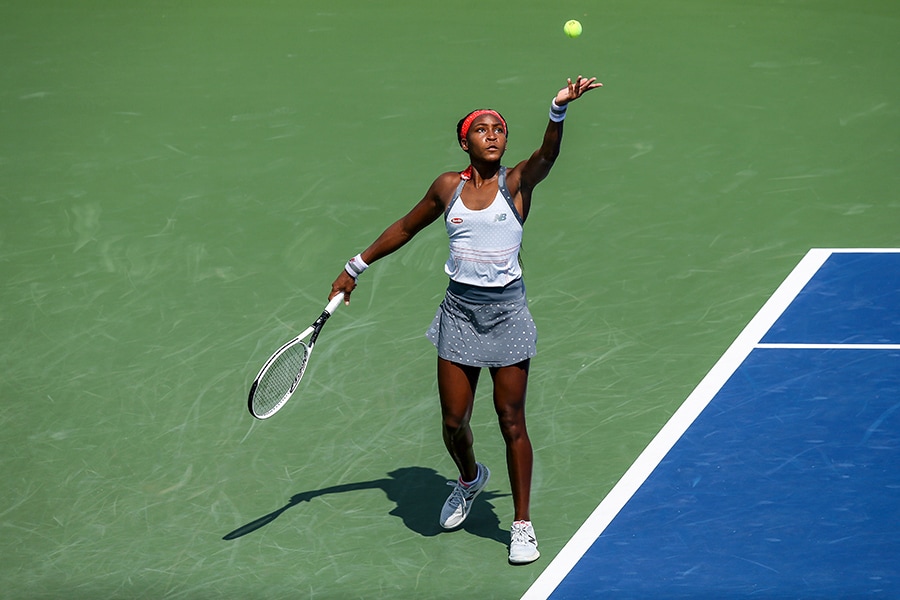
2020 U.S. Open: What to watch on opening Monday
Neither reigning champion is participating, but there are plenty of incredible competitors starting their quests for a Grand Slam title, including Naomi Osaka and Novak Djokovic

How to watch: From noon to 6 p.m. Indian Standard Time (IST) on ESPN, and from 3:30 am to 8:30 am. on ESPN2; streaming on ESPN+ and ESPN3.
The U.S. Open singles competitions start on Monday with neither reigning champion participating. Still, there are plenty of incredible competitors starting their quests for a Grand Slam title, including Naomi Osaka and Novak Djokovic.
Matches to Keep an Eye On
Because of the number of matches cycling through courts, the times for individual matchups are at best a guess and certain to fluctuate based on the completion time of earlier play. All times are Eastern.
Arthur Ashe Stadium, 10:30 p.m. at earliest: Kevin Anderson vs. Alexander Zverev
Anderson, a finalist at the U.S. Open in 2017, missed last year’s competition as part of a lengthy struggle with injuries. He was ranked fifth in 2018, but is now outside the top 100. Last week, at the Western & Southern Open, Anderson beat Kyle Edmund, the world No. 44, in three sets before losing to Stefanos Tsitsipas in the second round. His powerful serves and groundstrokes can still allow him to press toward the net and control points.
©2019 New York Times News Service




